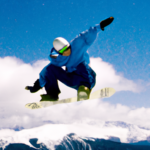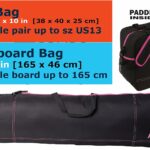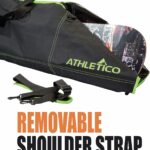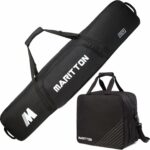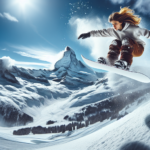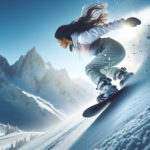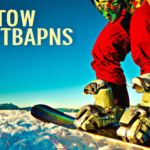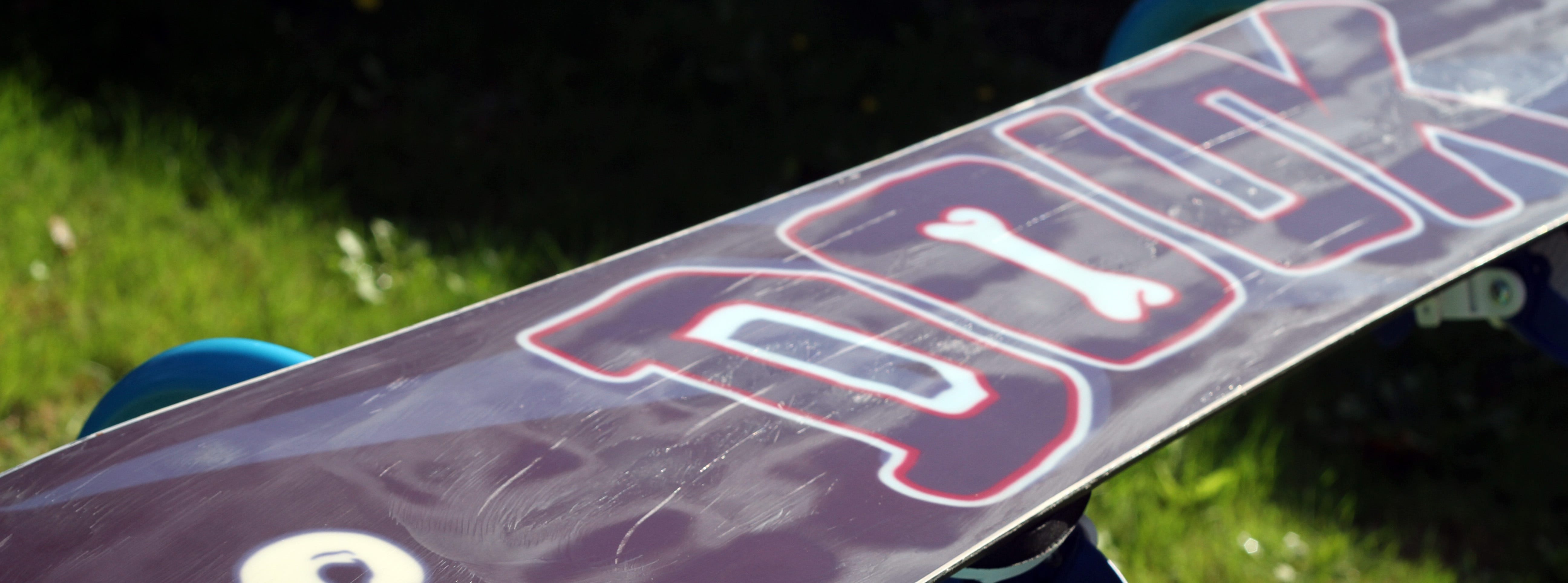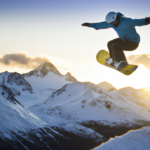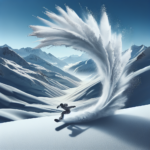So, you’ve got a passion for snowboarding and you’ve been hearing the term “butter” getting thrown around quite a bit. Exploring the realm of snowboarding, you often encounter new lingo and tricks that seem a bit foreign at first. The butter is one such trick, adding style and finesse to your snowboarding experience. It’s time to clear the mystery and piece together what a butter really is in the world of snowboarding. This article is designed to make you a well-versed snowboarder, helping you understand the intricacies of this cool trick, and possibly inspiring you to perform one in your next snowboarding adventure.
Understanding the Basic Concept of Buttering in Snowboarding
Snowboarding, as you know, is a winter sport that involves descending a snow-covered slope on a snowboard. It’s beloved for its thrilling nature and the array of tricks and styles that one can incorporate to make their ride more interesting. One such style is the “buttering” technique.
Definition of buttering in snowboarding
So, what is a butter in snowboarding? Buttering is a technique used in snowboarding to add style and creativity while moving along flat surfaces, descending a slope, or even while taking to the air. It involves pressing the board’s edge into the snow to shift your weight and rotate the board beneath you. It’s called ‘buttering’ because, when you do it right, your movements become as smooth as butter.
Origins and history of buttering
The history of buttering in snowboarding traces back to the early days of the sport. Snowboarders have always sought ways to add flair and excitement to their rides. Buttering proved a perfect solution, allowing riders to perform cheap thrills without needing a huge jump or a halfpipe. It has since grown into a respected technique with many variations.
The Importance of Buttering in Snowboarding
Mastering the buttering technique can significantly elevate your game in snowboarding.
Enhancing snowboarding skills
Buttering is a fundamental skill in snowboarding that can help you improve your overall performance and versatility on the slopes. It requires a high degree of balance and board control, both of which are key to executing other tricks and maneuvers.
Increasing versatility of moves
Buttering acts as a building block for many other snowboarding stunts. By mastering the ability to shift your weight and press your board, you unlock opportunities to perform spins, jumps, and slides.
Improving balance and control on the board
Working on your buttering can fine-tune your balance; it encourages you to become more in tune with your board and how it responds to your weight shifts, leading to improved control throughout all aspects of your ride.
Types of Butters in Snowboarding
There are several types of butters that you can learn in snowboarding, each differing mainly in the type of rotation involved.
Nose butter
The nose butter involves pressing down on the front of your board and utilizing your momentum to rotate around that point.
Tail butter
A tail butter is just like a nose butter, but instead, you press down on the tail of your board and use it as your pivot point for rotation.
180 butter
A 180 butter involves rotating 180 degrees while pressing down on either the nose or the tail of your snowboard.
360 butter
If you guessed it involves rotating 360 degrees, you’re right. The 360 butter is a more advanced move that requires a good deal of momentum and board control.
The Technique Behind Executing a Successful Butter
Once you’re familiar with the different types of butters, it’s time to focus on the techniques needed to execute them successfully.
Understanding the balance points
Before you start buttering, it’s essential to understand the balance points on your snowboard. This involves knowing where to press to initiate either a nose or tail butter.
Rotation and spinning techniques
To execute a butter, you’ll need to master the art of rotation and spinning. This involves the lower body and requires a solid understanding of balance and momentum.
Applying pressure on the board
Buttering requires you to press down on different parts of your snowboard to create the desired rotations. Practice shifting your weight and applying pressure at these points until it becomes natural.
Maintaining flow and momentum
Buttering is all about maintaining a smooth flow and momentum. This requires coordination between your body movements, board control, and balance, all working together to keep your butter looking smooth and stylish.
Preparing to Butter: Equipment and Safety
Before you hit the slopes to practice buttering, it’s crucial to prepare the right equipment and prioritize safety.
Selecting the right snowboard
Not all snowboards are suitable for buttering. You’ll want one with a softer flex that can allow for the necessary pressure and rotations.
Importance of suitable snowboarding attire
Dress appropriately to maintain optimal body temperature and protection. This includes thermal layers, a waterproof jacket, and snow pants.
Safety equipment for buttering
Aside from the attire, consider safety gear like helmets, goggles, and wrist guards. These can greatly reduce your risk of injury while practicing buttering.
Checking snow and weather conditions
Safety isn’t just about gear; it’s also about being aware of your environment. Always check snow and weather conditions before heading out to snowboard. Buttering techniques are best learned on buttery, smooth snow.
Common Mistakes in Buttering and How to Avoid Them
As you practice, you might come across a few common mistakes.
Inadequate pressure on the board
Applying insufficient pressure on your board won’t allow you to initiate a proper butter. To rectify this, practice your weight-shift and pressing techniques to get a feel for the right amount of pressure.
Lack of rotation control
Too much or too little rotation can cost your butter. Practice makes perfect here, so take your time, start with small rotations, and gradually increase as you get more confident.
Insufficient practice
Like any skill, mastering buttering in snowboarding takes time, practice, and persistence. Practice movements off the snow first, then gradually on gentle slopes.
Negligence of safety measures
Minimize your risks while learning by wearing proper safety gear and always checking the snow and weather conditions before you practice.
Steps to Learning Buttering
Buttering is an advanced level technique in snowboarding, so you should already be comfortable with the basics before getting started.
Mastering the basics of snowboarding
Before you move on to buttering, be sure to have a good understanding of the basic snowboarding skills.
Practicing buttering movements off the snow
Before trying to butter on the slopes, practice the movements at home. This can help you get a feel for the required motions in a safe environment.
First attempts on the snow
Once you’re comfortable with the movements, it’s time for the real deal. Try buttering on a smooth, flat surface first before moving on to slopes.
Progressing towards complex buttering moves
As you get the hang of the basic butter, gradually add complexity by increasing the number of rotations or experimenting with new types of butters.
Professional Tips for Better Buttering
Here are some professional tips that can help you master buttering.
Advice from professional snowboarders
Many professional snowboarders stress the importance of staying relaxed, bending your knees, and going with the flow.
Importance of regular practice
Regular practice can help to cement your buttering technique. This will allow your movements to flow more naturally over time.
Utilizing different terrains for practice
Practicing on different types of terrain can improve your adaptability and control over variations of the buttering technique.
Benefit of professional snowboarding instruction
Considering professional instruction is a wise choice. They can give personalized instructions and advice, identify your mistakes, and help correct them.
Famous Snowboarders and Their Signature Butter Moves
Let’s take inspiration from some pros, shall we?
Travis Rice and his buttering style
Travis Rice is known for his smooth and stylish approach to buttering in snowboarding, often incorporating them into his big mountain rides.
Torstein Horgmo’s buttering moves
Torstein Horgmo is renowned for his incredible buttering moves. His “game of in your face” series shows off some of his best butters.
Other snowboarding icons and their butter tricks
Many other professional snowboarders, like Scott Stevens, Marko Grilc, and Eero Ettala, have integrated buttering techniques into their repertoire to create a distinct style.
Impact of Buttering on the Snowboarding Culture and Competitions
The adoption of buttering has left a significant impact on snowboarding culture and competition.
Influence on snowboarding styles and techniques
Buttering has revolutionized how snowboarders ride, paving the way for freestyle snowboarding by expanding the range of tricks and techniques.
Role in competitive snowboarding
Buttering has become a staple in competitive snowboarding, regularly seen in slopestyle and halfpipe events. Mastery of the technique can contribute heavily to a competitor’s success.
Buttering in modern day snowboarding culture
Today, buttering is a cornerstone of modern snowboarding culture. It’s celebrated for its ability to infuse grace and style into snowboarding, making the rides an impressive spectacle for spectators and athletes alike.
- What Snowboard Bindings Should I Get? - January 23, 2024
- What Size Screws For Snowboard Bindings? - January 23, 2024
- How To Snowmobile On Water? - January 23, 2024

